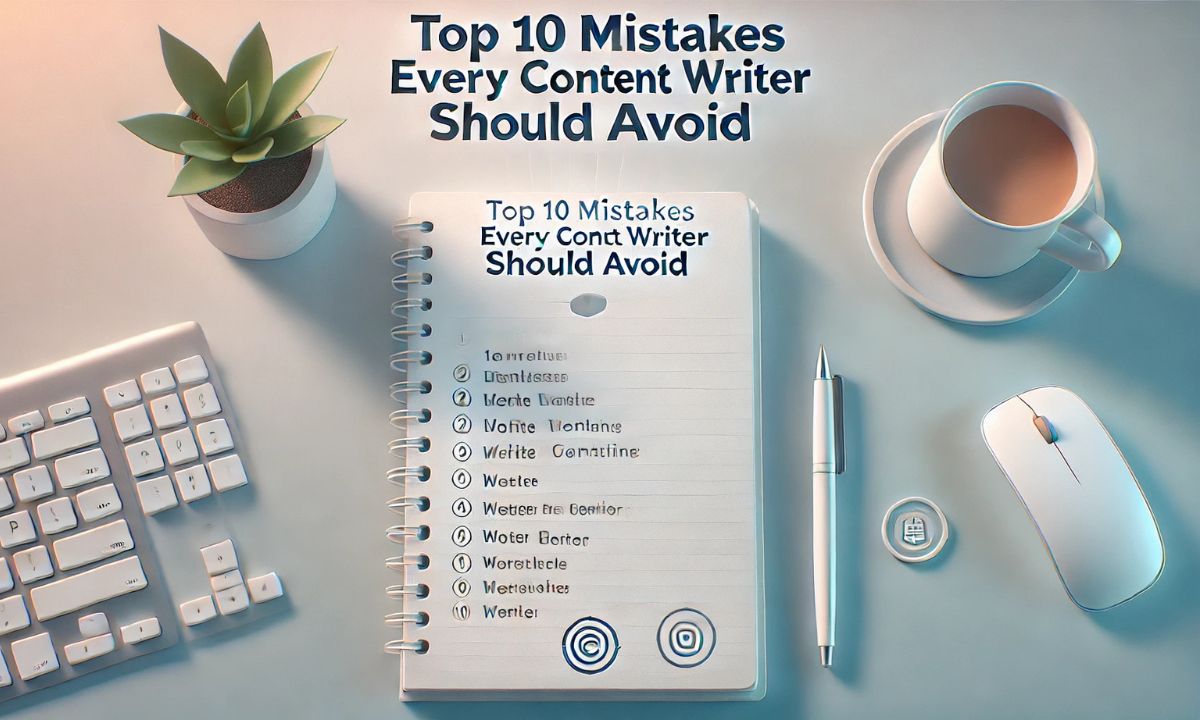Creating high-quality content is more than just stringing words together—it requires strategy, engagement, and precision. While many writers focus on creativity, they often overlook critical factors that influence content effectiveness. Whether you’re a novice or an experienced writer, it is crucial to avoid common content writing mistakes. Here’s a guide on the top 10 mistakes every content writer should avoid and how to improve your craft.
- Not Knowing Your Target Audience

Writing without understanding your audience is a recipe for failure. Your content must resonate with the reader’s needs and interests.
How to Avoid It: Build detailed audience personas to guide your writing. Tools like HubSpot Persona Generator can help you create effective profiles.
Failing to research your audience results in content that feels irrelevant or disconnected. Readers want to see themselves in your writing. Understanding their pain points, preferences, and language style is key to establishing a deeper connection. Effective content writing mistakes can be avoided by focusing on audience research.
Statistic: According to a study by CMI, 63% of successful content marketers prioritize audience research.
- Ignoring SEO Fundamentals
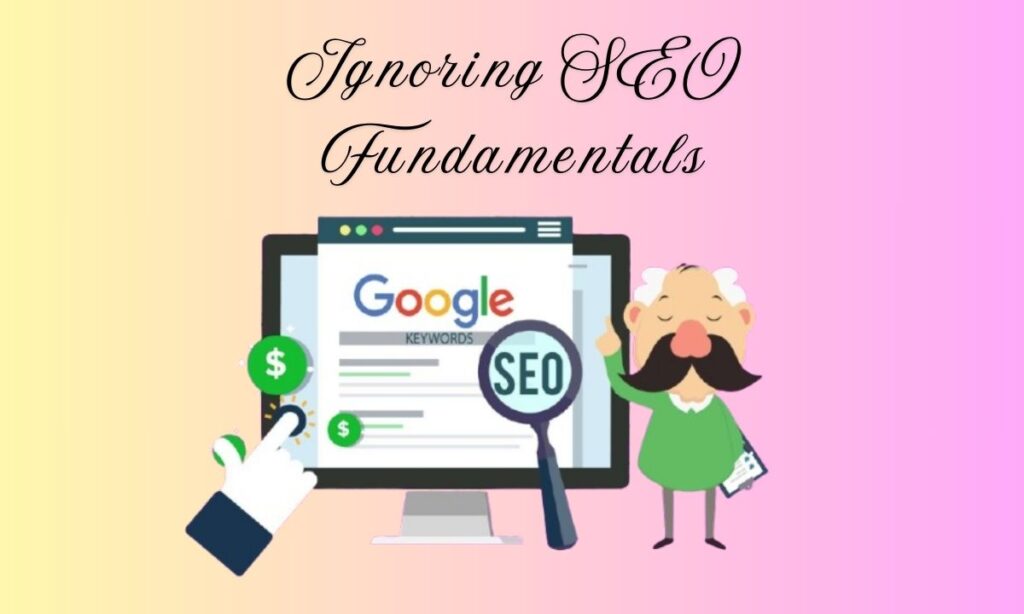
Neglecting SEO practices can render your content invisible online. Without proper optimization, even the most well-written article might never reach its intended audience.
How to Avoid It: Incorporate primary and secondary keywords naturally, use meta tags, and ensure proper heading structure. Tools like Google Keyword Planner and Ahrefs can assist in keyword research.
Understanding SEO fundamentals is key to crafting content that ranks well. For advanced SEO strategies, check out our blog on Master SEO Techniques for 2025. Staying ahead of SEO trends is crucial for content writers. Discover the latest trends and tools in our comprehensive post on SEO Trends for 2025.
SEO is more than just inserting keywords—it involves crafting compelling meta titles and descriptions, optimizing images with alt text, and ensuring your content is mobile-friendly. Ignoring these basics means missing out on valuable organic traffic. Remember that SEO tips for writers involve continuous learning and adaptation.
Keyword Usage: Use focus keywords such as “content writing mistakes” and “SEO tips for writers” at least 10 times throughout the article.
- Poor Content Structure

Unorganized content confuses readers and diminishes their engagement. A clear and logical structure enhances readability.
How to Avoid It: Use headings (H1, H2, H3) to create a hierarchy and break down content into digestible sections. Lists and bullet points improve scannability.
A well-structured article guides readers smoothly from one point to the next. Use transition phrases and maintain a consistent flow throughout the piece. This approach keeps readers engaged and increases the likelihood of them staying longer on your page. Strong content structure is crucial for content optimization tips.
Data: Research shows that articles with proper headings and subheadings have a 40% higher reader retention rate.
- Skipping the Editing Process
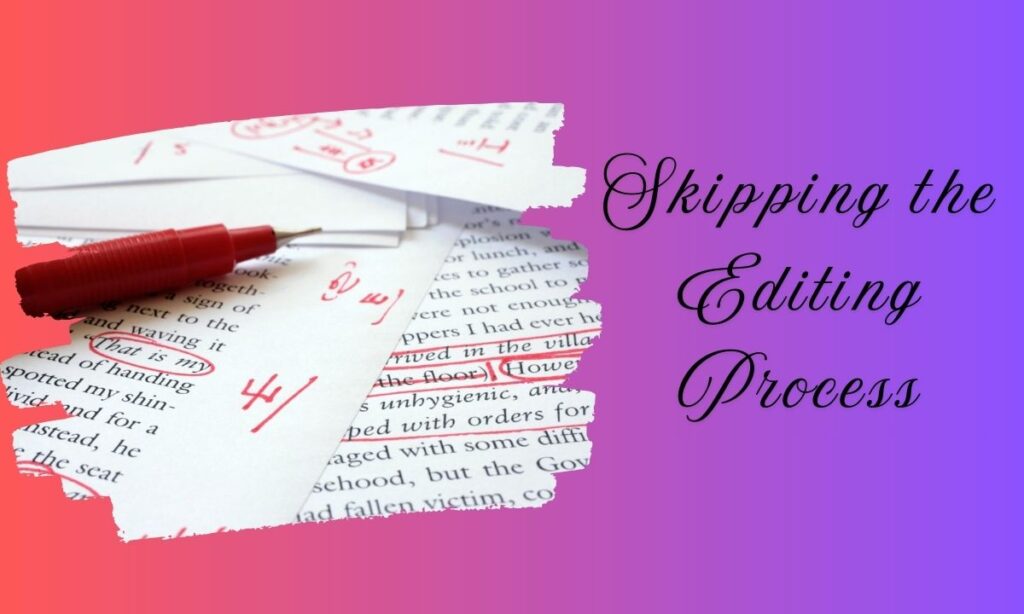
Publishing content without proper editing can lead to errors that harm your credibility. Even small typos can make a big difference.
How to Avoid It: Always revise your work. Tools like Grammarly and Hemingway Editor are great for editing and enhancing readability.
Beyond grammar and spelling, editing involves checking for clarity, conciseness, and coherence. Peer reviews or professional editing services can offer fresh perspectives and improve the final product. Avoid content writing mistakes by dedicating time to thorough editing.
- Using Excessive Jargon
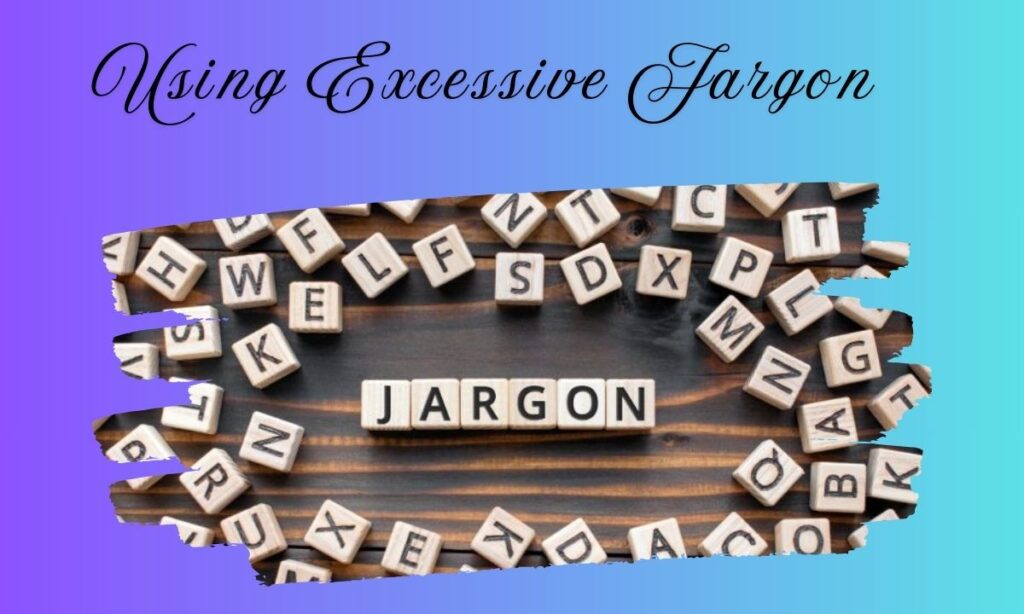
While industry-specific terms can add authority, overusing jargon can alienate your readers.
How to Avoid It: Keep your language simple and clear. When using technical terms, provide explanations or examples.
Readers appreciate content that educates without overwhelming. Aim for a conversational tone, and don’t be afraid to simplify complex ideas. Remember, clarity is key. Engaging content creation requires striking a balance between simplicity and depth.
Example: Instead of saying “synergize your paradigms,” say “work together effectively.”
- Lack of Originality
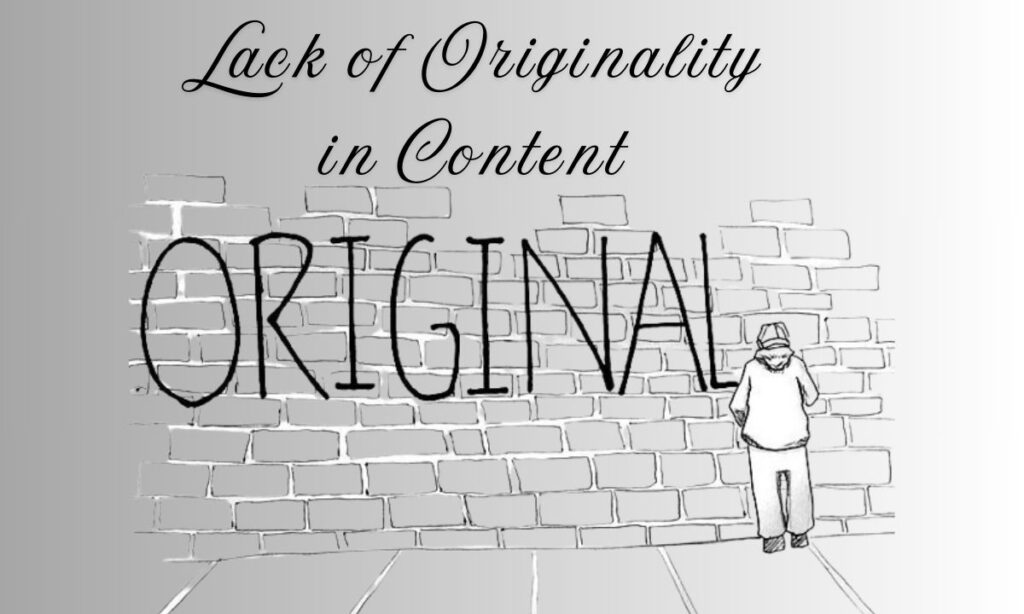
Repeating what others have already said without adding unique insights diminishes the value of your content.
How to Avoid It: Offer new perspectives, conduct original research, or present data innovatively. Citing reputable sources like Moz or Search Engine Journal can boost credibility.
Original content not only sets you apart but also establishes your authority in the field. Consider adding personal anecdotes, case studies, or unique data to enrich your content. Writing errors to avoid include failing to provide unique insights.
Fact: 47% of marketers say original research is one of the most effective types of content.
- Weak Introductions
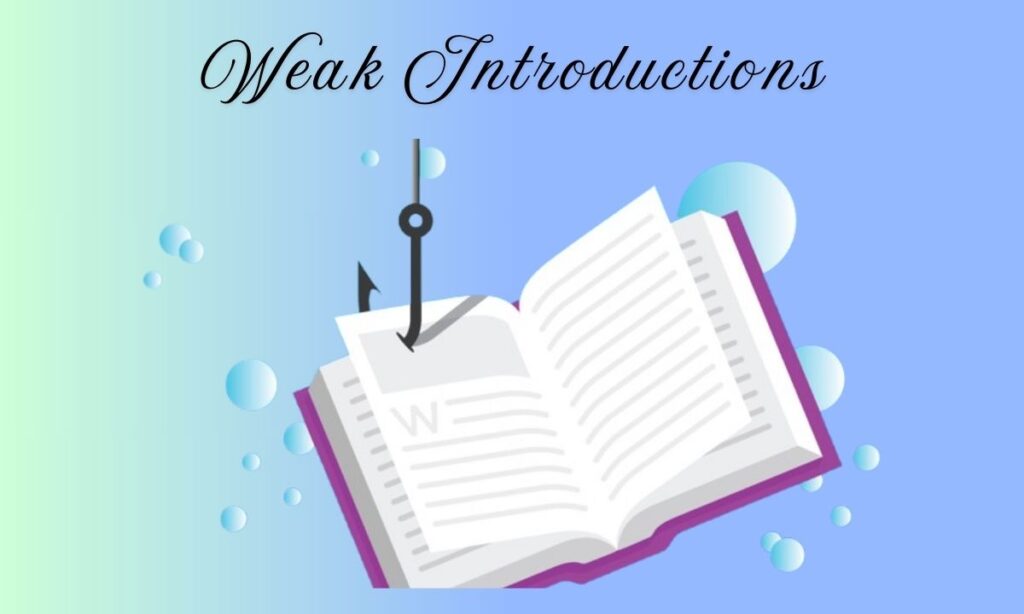
If your introduction doesn’t grab attention immediately, readers may not continue.
How to Avoid It: Start with a question, a statistic, or an intriguing statement. Set clear expectations for what the reader will learn.
An effective introduction hooks the reader and provides a roadmap for the rest of the article. Spend time crafting a strong opening that piques curiosity. Effective introductions are a vital part of engaging content creation.
- No Call to Action (CTA)
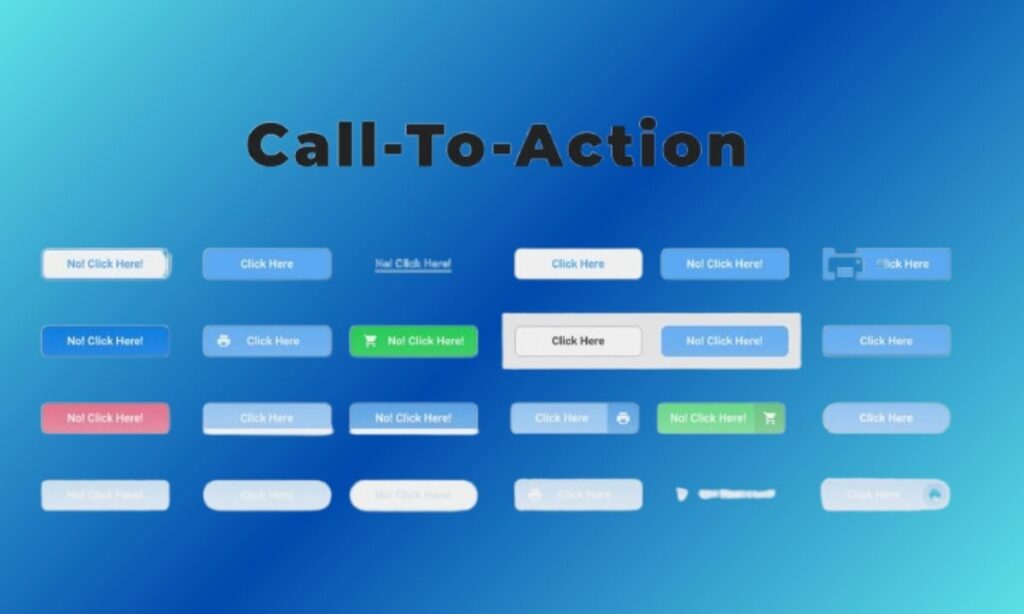
Without a clear CTA, readers may not know what to do next. This can lead to lost opportunities for engagement.
How to Avoid It: End with actionable CTAs such as subscribing, sharing, or exploring related content.
CTAs guide readers toward the next step, whether it’s signing up for a newsletter or checking out related articles. Make your CTAs specific and compelling. Strong CTAs are essential in content optimization tips.
Statistic: Articles with CTAs have a 30% higher engagement rate.
- Underutilizing Visual Elements

Walls of text can overwhelm readers. Visuals help break up content and improve comprehension.
How to Avoid It: Use relevant images, infographics, and charts. Always add alt text for SEO. Free resources like Unsplash or Pexels are useful.
Including visuals improves user experience and engagement. Consider using custom graphics or embedding videos to provide additional value. SEO tips for writers emphasize the importance of multimedia elements.
| Visual Element | Purpose | Example Tool |
|---|---|---|
| Images | Improve engagement | Unsplash, Pexels |
| Infographics | Summarize complex data | Canva, Piktochart |
| Videos | Enhance explanation depth | YouTube, Vimeo |
- Failing to Update Old Content
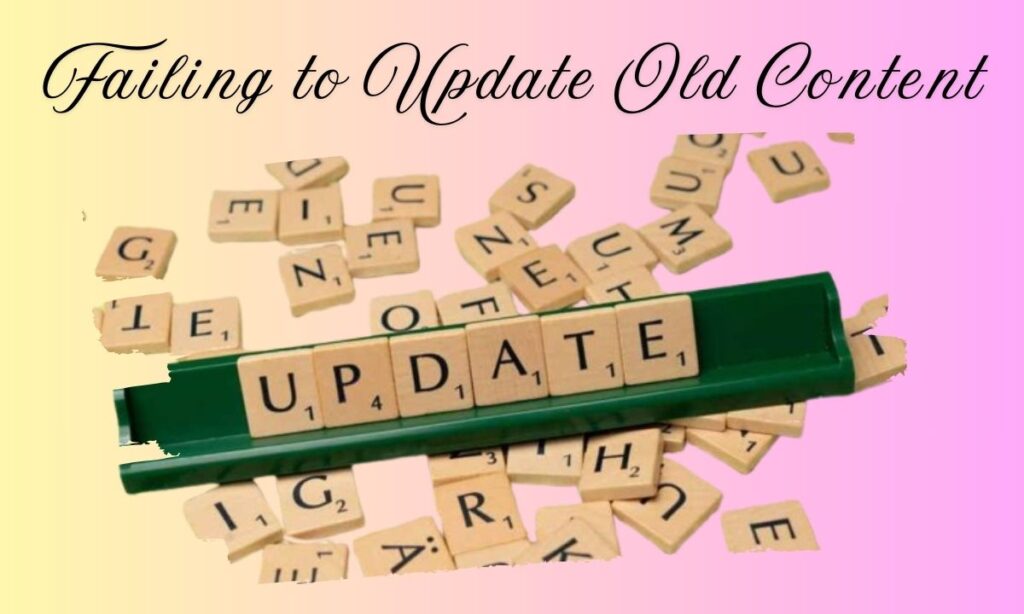
Outdated content can reduce your site’s credibility and ranking. Regular updates ensure relevance and accuracy. By keeping your content updated and relevant, you can avoid common SEO pitfalls that many writers face.
How to Avoid It: Periodically review and refresh your older posts with new information and updated links. Tools like Google Analytics can help you identify content that needs revision.
Updating content keeps it relevant and can lead to improved search rankings. Add new sections, update statistics, and refresh outdated links regularly. Content writing mistakes include neglecting content updates.
Learn more about Avoiding Common Mistakes in the SEO detailed guide.
Tip: Aim to update evergreen content at least once every six months.
Conclusion
Effective content writing involves more than creativity. By avoiding these common mistakes, you can create content that engages readers, improves SEO performance, and establishes authority. For further insights, explore our related blogs on Master SEO Techniques for 2025, SEO Trends for 2025: Key Metrics and Tools, and Avoid SEO Mistakes 2025.
Writing is both an art and a science. Mastering the balance between creativity and strategy takes time, but with consistent effort and by learning from mistakes, you’ll see significant improvement. Don’t be afraid to experiment, seek feedback, and continuously refine your skills. Ready to elevate your content game? Explore more tips in our SEO Trends for 2025 blog.
Frequently Asked Questions {FAQs}
Some common mistakes include neglecting audience research, ignoring SEO basics, poor content structure, and failing to update outdated content. By understanding these errors, you can improve your writing quality and increase engagement.
You can improve SEO performance by using relevant keywords, optimizing headings and meta descriptions, and ensuring proper internal linking. Additionally, incorporating visuals with alt text and regularly updating content are key SEO strategies.
Updating old posts helps maintain relevance, accuracy, and search engine rankings. Fresh content keeps readers engaged and signals search engines that your site remains active and valuable.

